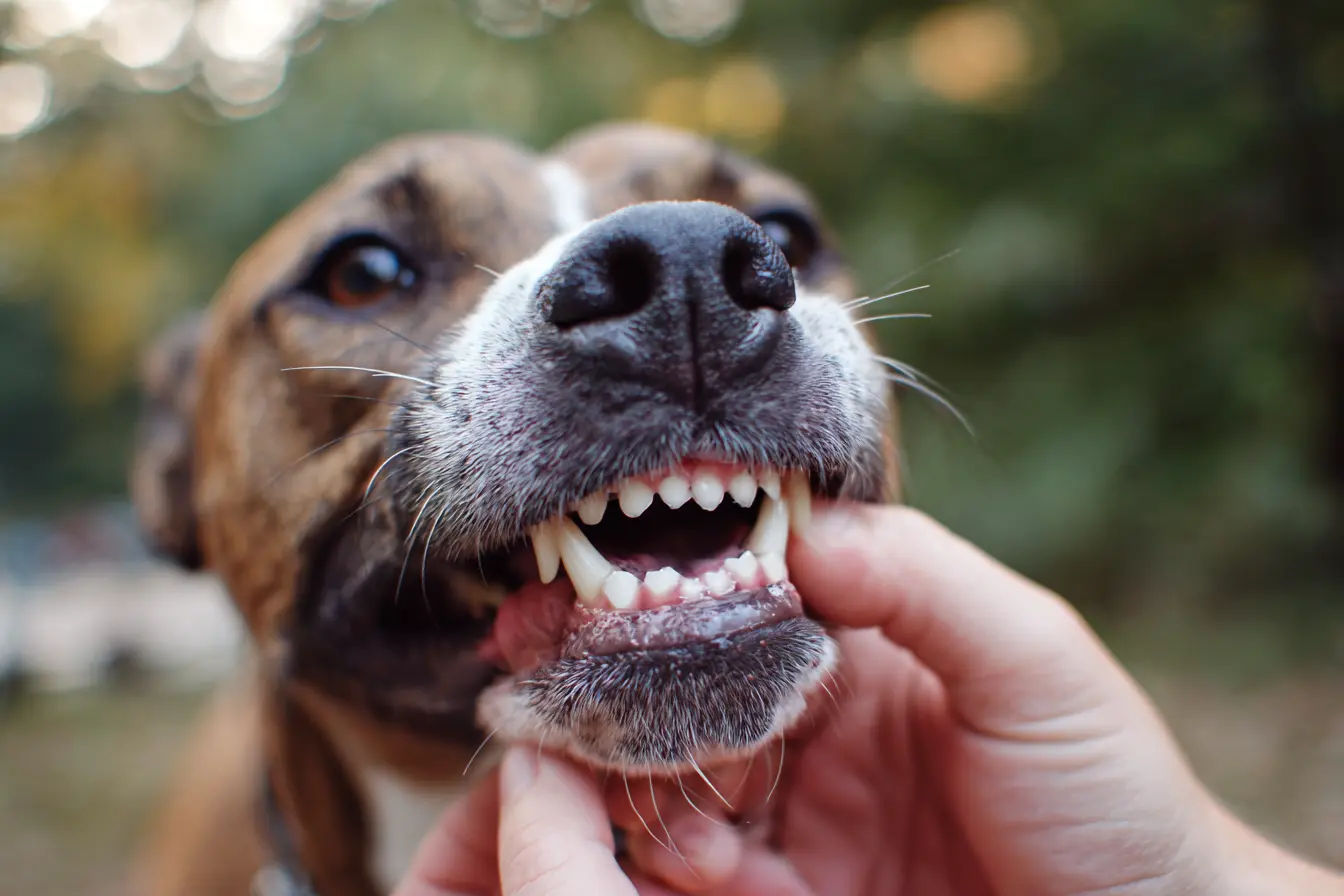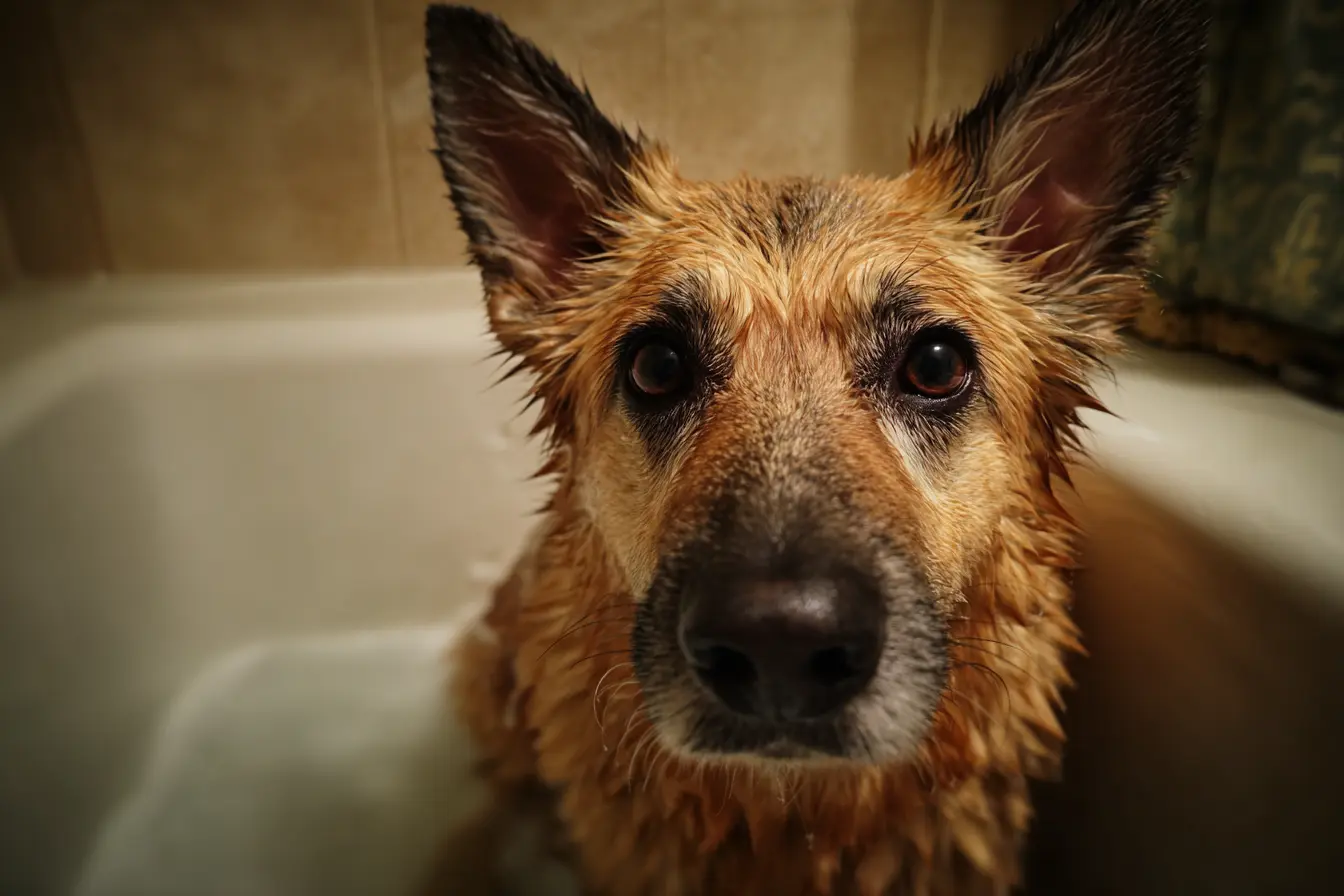
Heatstroke in Dogs: Causes, Symptoms, Treatment, and Prevention
Heatstroke in dogs is a life-threatening condition that occurs when a dog’s body temperature rises to dangerously high levels. Dogs are more susceptible to heatstroke than humans because they cannot sweat in the same way and rely on panting to regulate their temperature. Without immediate intervention, heatstroke can cause organ failure and death.
Understanding the causes, recognising the symptoms, and knowing how to prevent and treat heatstroke can help dog owners protect their pets from this serious condition.
What is heatstroke in dogs?
Heatstroke, also known as heat exhaustion or hyperthermia, occurs when a dog's body temperature exceeds 40°C and the body is unable to cool down effectively. Normal body temperature for a dog is between 38.3°C and 39.2°C.
When a dog's temperature becomes too high, the body’s internal cooling mechanisms fail, leading to inflammation, tissue damage, and organ failure. Without urgent treatment, heatstroke can be fatal.
Causes of heatstroke in dogs
Heatstroke is caused by excessive heat exposure and the inability to cool down effectively.
Common causes
- Being left in a hot car, even for a few minutes
- Exercising in hot weather, particularly during midday
- Lack of shade and water on warm days
- High humidity, which makes it harder for dogs to cool themselves
- Walking on hot pavements, which can increase body temperature
- Being confined in poorly ventilated spaces, such as conservatories or small rooms
- Overexertion in brachycephalic breeds, which have difficulty breathing in hot weather
Some dogs are more vulnerable to heatstroke than others.
Dogs at higher risk
- Brachycephalic breeds, such as pugs, bulldogs, and boxers
- Large breeds, such as Saint Bernards and Newfoundlands
- Puppies and elderly dogs
- Overweight dogs
- Dogs with thick coats, such as huskies and malamutes
- Dogs with heart or respiratory conditions
Even healthy dogs can develop heatstroke if they are exposed to extreme temperatures without proper cooling.
Symptoms of heatstroke in dogs
Recognising heatstroke early can save a dog’s life. Symptoms develop rapidly and worsen without treatment.
Early signs of heatstroke
- Excessive panting
- Drooling and thick saliva
- Bright red gums and tongue
- Restlessness and agitation
- Increased heart rate
- Difficulty standing
Advanced symptoms
- Vomiting and diarrhoea
- Weakness or collapse
- Confusion or disorientation
- Seizures
- Loss of consciousness
- Pale or blue gums, indicating oxygen deprivation
If a dog shows any signs of heatstroke, immediate action is required.
Emergency treatment for heatstroke in dogs
If a dog is suffering from heatstroke, cooling them down quickly is essential.
First aid for heatstroke
- Move the dog to a cool, shaded area.
- Offer small amounts of cool water but do not force them to drink.
- Pour cool (not ice-cold) water over their body, especially the belly, paws, and ears.
- Use a fan or air conditioning to help with cooling.
- Place cool, damp towels on their body but avoid covering them completely, as this can trap heat.
- Contact a vet immediately and continue cooling on the way to the clinic.
Do not use ice-cold water or immerse the dog in cold water, as this can cause shock and worsen the condition.
Veterinary treatment for heatstroke
A vet will provide emergency care to stabilise the dog and prevent organ damage.
Veterinary treatments may include
- Intravenous fluids to rehydrate and cool the body
- Oxygen therapy if breathing is compromised
- Medication to reduce inflammation and prevent seizures
- Blood tests to assess organ function and internal damage
Dogs that receive prompt treatment have a better chance of survival, but severe cases may lead to long-term health issues.
Complications of heatstroke
Even if a dog recovers from heatstroke, there may be long-term effects.
Potential complications
- Kidney failure due to dehydration and tissue damage
- Brain damage from lack of oxygen
- Heart abnormalities caused by heat stress
- Blood clotting disorders
- Increased risk of future heatstroke episodes
Dogs that have suffered heatstroke before are more vulnerable in the future and require extra precautions.
How to prevent heatstroke in dogs
Preventing heatstroke is essential, particularly during hot weather.
Tips for keeping dogs cool
- Avoid walking dogs during the hottest part of the day. Early morning or late evening walks are best.
- Always provide access to fresh, cool water.
- Ensure dogs have shade when outdoors.
- Never leave a dog in a car, even with the windows open.
- Use cooling mats, wet towels, or paddling pools to help dogs stay cool.
- Keep indoor spaces well-ventilated with fans or air conditioning.
- Provide frozen treats, such as ice cubes or frozen fruit, for dogs to lick.
- Avoid strenuous exercise in warm weather.
Special precautions for high-risk dogs
Dogs that are more prone to heatstroke require extra care.
- Brachycephalic breeds should be kept in cool environments and monitored closely in warm weather.
- Overweight dogs benefit from weight management to reduce heat sensitivity.
- Thick-coated breeds may need a summer trim but should not be shaved, as fur also provides insulation.
- Older dogs should be kept in shaded, well-ventilated areas at all times during hot weather.
How to check if a dog is overheating
Owners can monitor their dog’s temperature to detect early signs of overheating.
- A normal body temperature is between 38.3°C and 39.2°C.
- A temperature above 40°C is dangerous and requires immediate cooling.
To check a dog’s temperature, use a digital rectal thermometer with lubricant. If a dog's temperature is too high, take action to cool them down.
When to seek veterinary help
A vet should be contacted immediately if a dog shows any of the following signs:
- Difficulty breathing or collapse
- Vomiting or diarrhoea after being in the heat
- Loss of consciousness or seizures
- Temperature above 40°C that does not reduce with cooling efforts
Heatstroke is a medical emergency, and early intervention can save a dog’s life.
Myths about heatstroke in dogs
Dogs will be fine in the car if the windows are open
Even with windows open, a car can reach dangerous temperatures within minutes. Dogs should never be left in a parked car.
Giving a dog ice water helps with cooling
Very cold water can cause blood vessels to constrict, slowing down cooling. Cool or lukewarm water is safer.
Only long-haired dogs get heatstroke
Short-haired and long-haired dogs can both suffer from heatstroke. All breeds need proper cooling.
Conclusion
Heatstroke in dogs is a life-threatening condition that requires immediate attention. Recognising the early signs, acting quickly, and taking preventative measures can help keep dogs safe in warm weather.
By providing shade, fresh water, and avoiding excessive heat exposure, owners can protect their pets from heatstroke and ensure they stay healthy and comfortable throughout the summer months.
Contents
- What is heatstroke in dogs?
- Causes of heatstroke in dogs
- Symptoms of heatstroke in dogs
- Emergency treatment for heatstroke in dogs
- Veterinary treatment for heatstroke
- Complications of heatstroke
- How to prevent heatstroke in dogs
- Special precautions for high-risk dogs
- How to check if a dog is overheating
- When to seek veterinary help
- Myths about heatstroke in dogs
- Conclusion
Tags
Related Vets
Vets near you
Speciality vets
- Aquatics vet specialists
- Birds vet specialists
- Camelids vet specialists
- Cats vet specialists
- Cattle vet specialists
- Deer vet specialists
- Dogs vet specialists
- Equines vet specialists
- Exotic vet specialists
- Goats vet specialists
- Pigs vet specialists
- Poultry vet specialists
- Sheep vet specialists
- Small Mammals vet specialists
- Wild vet specialists










